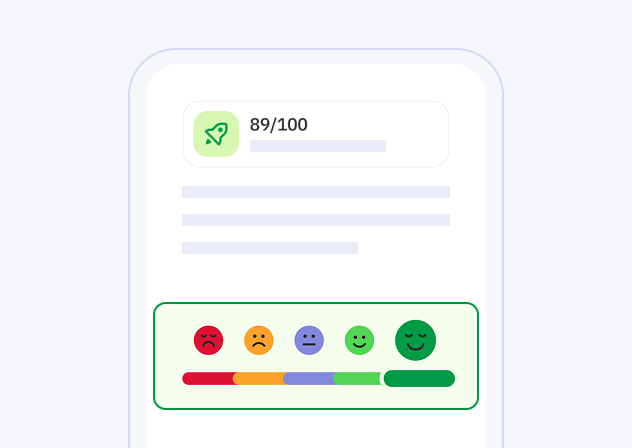Das englische Verb "to transfigure" stammt aus dem Lateinischen "transfigurare", was "umgestalten" oder "verwandeln" bedeutet. Im Deutschen könnte man es mit "verwandeln" oder "umgestalten" übersetzen. Es beschreibt den Prozess, etwas deutlich zu verändern oder in eine andere Form zu bringen, oft auf eine Weise, die das Erscheinungsbild oder den Charakter erheblich verbessert oder verschönert. In literarischen und spirituellen Kontexten wird es oft verwendet, um eine tiefgreifende, positive Veränderung zu beschreiben.
The wizard aimed his wand and transfigured the frog into a beautiful swan.
With a touch of magic, she transfigured the old, dusty room into a lively party space.
The artist's vision transfigured the ordinary landscape into a mystical realm on canvas.
After years of hard work, he transfigured his small business into a thriving enterprise.
In the legend, the sorcerer transfigures into a dragon at will.
During the ritual, the shaman transfigured the mundane objects into sacred totems.
Her kindness and compassion transfigured her into a beloved figure in the community.
Under the moonlight, the lake seemed to transfigure into a shimmering mirror.
He hopes to transfigure his life through meditation and self-improvement.
The caterpillar transfigures into a butterfly after emerging from its chrysalis.
I transfigure the old statue.
You transfigure the landscape.
He transfigures the painting.
She transfigures the room.
It transfigures the scene.
We transfigure the garden.
They transfigure the town square.
I transfigured the old statue.
You transfigured the landscape.
He transfigured the painting.
She transfigured the room.
It transfigured the scene.
We transfigured the garden.
They transfigured the town square.
I have transfigured the old statue.
You have transfigured the landscape.
He has transfigured the painting.
She has transfigured the room.
It has transfigured the scene.
We have transfigured the garden.
They have transfigured the town square.
I will transfigure the old statue.
You will transfigure the landscape.
He will transfigure the painting.
She will transfigure the room.
It will transfigure the scene.
We will transfigure the garden.
They will transfigure the town square.
I am transfiguring the old statue.
You are transfiguring the landscape.
He is transfiguring the painting.
She is transfiguring the room.
It is transfiguring the scene.
We are transfiguring the garden.
They are transfiguring the town square.
I was transfiguring the old statue.
You were transfiguring the landscape.
He was transfiguring the painting.
She was transfiguring the room.
It was transfiguring the scene.
We were transfiguring the garden.
They were transfiguring the town square.
I will be transfiguring the old statue.
You will be transfiguring the landscape.
He will be transfiguring the painting.
She will be transfiguring the room.
It will be transfiguring the scene.
We will be transfiguring the garden.
They will be transfiguring the town square.
I had transfigured the old statue.
You had transfigured the landscape.
He had transfigured the painting.
She had transfigured the room.
It had transfigured the scene.
We had transfigured the garden.
They had transfigured the town square.
I had been transfiguring the old statue.
You had been transfiguring the landscape.
He had been transfiguring the painting.
She had been transfiguring the room.
It had been transfiguring the scene.
We had been transfiguring the garden.
They had been transfiguring the town square.
I will have transfigured the old statue.
You will have transfigured the landscape.
He will have transfigured the painting.
She will have transfigured the room.
It will have transfigured the scene.
We will have transfigured the garden.
They will have transfigured the town square.
I will have been transfiguring the old statue.
You will have been transfiguring the landscape.
He will have been transfiguring the painting.
She will have been transfiguring the room.
It will have been transfiguring the scene.
We will have been transfiguring the garden.
They will have been transfiguring the town square.
Der effizienteste Weg, eine Sprache zu lernen
Talkpal kostenlos
Jeder Mensch lernt auf seine eigene Art und Weise. Mit Talkpal sind wir in der Lage, zu untersuchen, wie Millionen von Menschen gleichzeitig lernen, und die effizientesten Bildungsplattformen zu entwerfen, die für jeden Schüler angepasst werden können.

Sie erhalten sofortiges, persönliches Feedback und Vorschläge, um Ihre Sprachbeherrschung zu beschleunigen.

Lernen Sie mit Methoden, die auf Ihren eigenen Stil und Ihr eigenes Tempo zugeschnitten sind, um eine persönliche und effektive Reise zum flüssigen Sprechen zu gewährleisten.
Talkpal ist ein KI-gestützter Sprachtutor. Das ist die effizienteste Art, eine Sprache zu lernen. Chatten Sie über eine unbegrenzte Anzahl interessanter Themen, indem Sie entweder schreiben oder sprechen, während Sie Nachrichten mit realistischer Stimme empfangen.


Talkpal, Inc., 2810 N Church St, Wilmington, Delaware 19802, US
© 2025 All Rights Reserved.